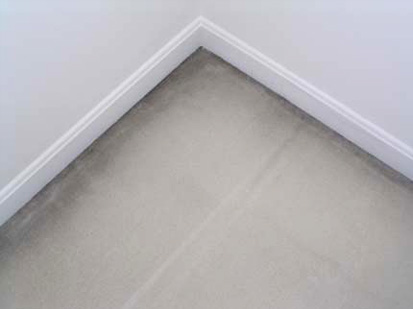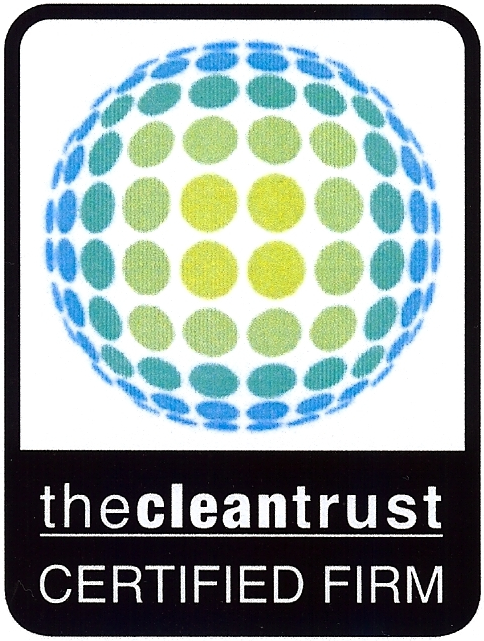 Do you have dark and unsightly black lines along the edge of your carpet or underneath doors? Have you tried cleaning it yourself or called carpet cleaning companies Franklin TN to remove the black lines without results? Most carpet cleaners in Franklin TN do not have the knowledge on the correct steps or how to use the right chemistry. The following information will help you understand what the underline cause of black soil lines and what can be done to remove these unsightly lines.
Do you have dark and unsightly black lines along the edge of your carpet or underneath doors? Have you tried cleaning it yourself or called carpet cleaning companies Franklin TN to remove the black lines without results? Most carpet cleaners in Franklin TN do not have the knowledge on the correct steps or how to use the right chemistry. The following information will help you understand what the underline cause of black soil lines and what can be done to remove these unsightly lines.Lines around the edges of walls and under doors are called filtration soiling. They occur when your home HVAC system forces air into the room. To equalize the pressure, air flows underneath doors and walls. The carpet in this area will then act like a filter, trapping the very fine particles of dust and soot which then lodges deep into the fiber. The result is dark and unsightly lines that can be quite difficult to deal with. These lines are very common and most homes will eventually get them. Those with white and light carpet will see the lines first however since darker carpets tend to hide them. If you burn candles, you are also putting more soot into the air and will speed up the process of filtration soiling and cause even darker lines to develop.
Filtration soil is a term used to describe dark, grayish lines that may appear on carpet. This is not a carpet defect, but a situation in which dust and other airborne pollutants can accumulate on the carpet face fibers in areas with a concentrated flow of air over the carpet or through tiny cracks or other open areas under the carpet. The soiling condition can occur quickly, or it may develop over a period of months or years. The level of soiling is dependent upon the volume of airflow and the level of pollutants in the air. Filtration soiling is not a result of the quality of carpet selected. The condition will obviously appear more pronounced on lighter colored carpet than darker carpet.
Filtration soil areas may appear around baseboards, under doors, along the edges of stairs and possibly away from walls where plywood sub flooring materials have been joined. Generally, the concentrated air flow will be from an upper level to a lower level of the home.
As indicated, filtration soiling can occur under closed interior doors where a central heating, ventilation, and air condition (HVAC) system is utilized. When possible, open Interior doors to reduce filtration soiling that may develop under closed doors while the HVAC system is in operation.
Filtration soil may be fireplace or automobile emissions, candle soot, residue from furniture polishes, fine sand or clay particles, cooking oils, or a host of other soils or a combination of soils. Oily airborne contaminants trapped by carpet fibers will serve to attract more dry soil.
It is difficult to identify effective methods to reduce or prevent filtration soiling. Preventing airflow through carpet and carpet edges by sealing cracks in the sub-floor, as well as under baseboards and edges of stairs, may reduce filtration soiling problems. Keeping air inside the home as clean as possible can be accomplished by reducing indoor air pollutants, such as cooking emissions, fireplace smoke, burning candles, cigarette smoke, and by the installation and regular replacement of high efficiency HVAC air filters.
While no one cleaning technique may be successful in all filtration soiling situations, recent innovations in soil- and stain-resist treatments applied to carpet have reduced the effort previously needed to remove the filtration soil. However, the complete removal of contaminants from the soiled areas can be complicated, depending on the type of contaminant materials present. To achieve the best results, the services of a carpet cleaning professional should be considered. Contact Carpet Technologies at 615-972-1441 or www.carpettechnologies.net




Speak Your Mind